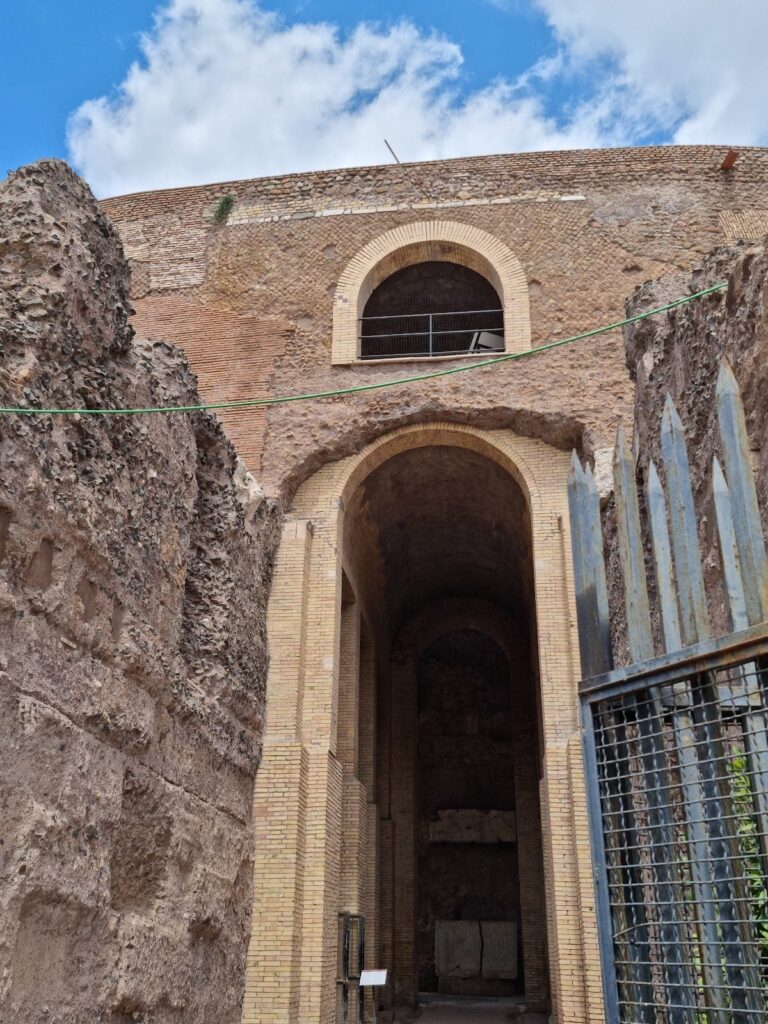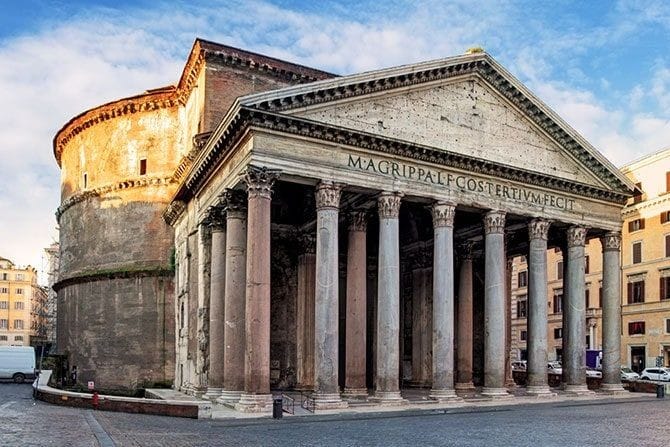Mausoleum of Augustus: Rome’s Imperial Tomb and Historical Monument
Visitor Information
Google Rating: 4.2
Popularity: Medium
Google Maps: View on Google Maps
Official Website: www.sovraintendenzaroma.it
Country: Italy
Civilization: Roman
Remains: Burial
History
The Mausoleum of Augustus is located in Rome, Italy. It stands on the left bank of the Tiber River in the Campus Martius area, near the ancient Via Flaminia. This monumental tomb was built by the Romans under the direction of Augustus, the first Roman emperor.
Construction began in 28 BCE, shortly after Augustus’ victory at the Battle of Actium and before the Senate officially granted him the title Augustus in 27 BCE. The mausoleum was intended as a dynastic tomb for Augustus and his family, marking a new era in Roman imperial history. It reflected both Roman and Hellenistic influences, possibly inspired by the tomb of Alexander the Great or traditional Italic burial mounds.
Throughout the early imperial period, the mausoleum served as the final resting place for many members of the Julio-Claudian dynasty, including Augustus himself, his mother Atia, his nephew Marcellus, and other prominent figures such as Agrippa, Drusus, Germanicus, Livia, Tiberius, and Caligula. Some emperors like Nero and Augustus’ daughter Julia were excluded due to disgrace. The site was open to the public and surrounded by gardens, making it a notable landmark in ancient Rome.
In 410 CE, during the Visigothic sack of Rome, the mausoleum was looted. Urns containing ashes were stolen and scattered, and the bronze tablets inscribed with the Res Gestae Divi Augusti, Augustus’ political testament, were taken and melted down. This event marked a significant decline in the mausoleum’s condition and use.
During the Middle Ages, the structure was repurposed as a fortified stronghold by the Colonna family. Later, it passed to the Orsini and Caetani families, who used the site as a garden, vineyard, and source of building materials. This period saw the mausoleum lose much of its original appearance.
In the 18th century, the mausoleum was transformed into the Correa amphitheater, hosting bullfighting and other public spectacles. Later, it became the Augusteo concert hall, accommodating around 3,500 spectators and attracting prominent musicians until its closure in 1936.
Between 1936 and 1938, Fascist-era excavations cleared the monument and created the surrounding Piazza Augusto Imperatore. Some restoration work from this period was criticized for taking liberties with the original design. Restoration efforts resumed in 2008, focusing on structural consolidation and archaeological study. A major project funded by Fondazione TIM began in 2017, leading to the mausoleum’s reopening to the public on March 1, 2021, after 14 years of closure.
Remains
The Mausoleum of Augustus is a large circular tomb with a diameter of about 87 meters, making it the largest known circular tomb from antiquity. Its core consists of three concentric circular walls built from tuff, a volcanic stone, and travertine, a type of limestone. Radial walls divide the interior into compartments that supported the earth mound covering the structure.
The base wall, approximately 12 meters high, was constructed from travertine and likely featured a Doric frieze, a decorative band with alternating triglyphs and metopes. The tumulus was originally covered with earth and planted with cypress trees, creating a landscaped mound. At its summit stood a large bronze statue of Augustus, possibly gilded, symbolizing his presence above the tomb.
Inside, a long axial corridor known as a dromos led from the southern entrance, which was flanked by two granite Egyptian obelisks. These obelisks were probably added during the reign of Domitian in the late first century CE. The corridor opened into a circular chamber surrounded by vaulted corridors and niches. At the center lay a square burial room believed to contain Augustus’ remains, positioned directly beneath the bronze statue above.
The mausoleum’s entrance featured two massive bronze doors, flanked by pillars that once held bronze tablets inscribed with the Res Gestae Divi Augusti, Augustus’ political testament. These tablets were removed and melted down during the Visigothic sack in 410 CE. The original marble facing and many decorative elements, including statues, have been lost over time due to spoliation and destruction.
The mausoleum was surrounded by gardens and groves accessible to the public in ancient times. It stood in a relatively open area of the Campus Martius, with few competing monumental structures nearby. The two obelisks that once guarded the entrance survive today, relocated to Piazza del Quirinale and Piazza dell’Esquilino.
The structure’s design included a high drum rising from the tumulus, possibly adorned with a colonnade, and concentric corridors allowing movement around the central burial chamber. Today, the mausoleum’s preservation is partial. Mainly the substructure and lower walls remain, while the superstructure and decorative elements have been largely lost or reconstructed during 20th-century excavations and restorations.










